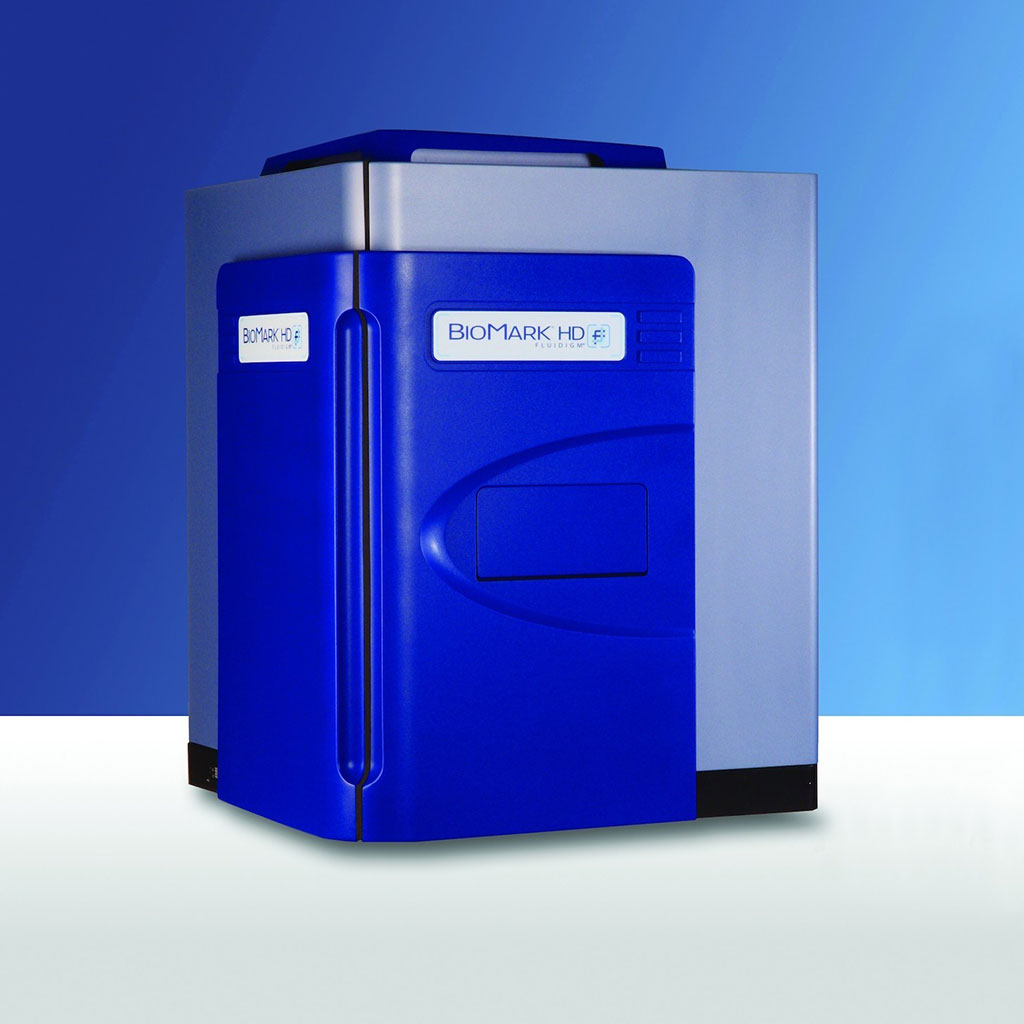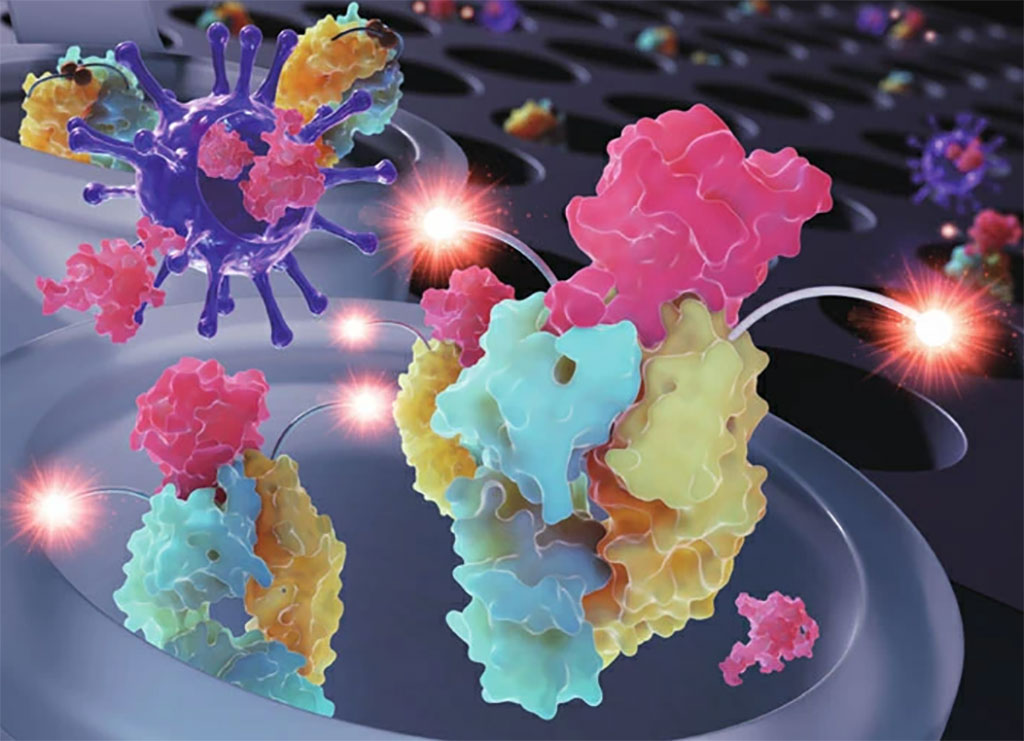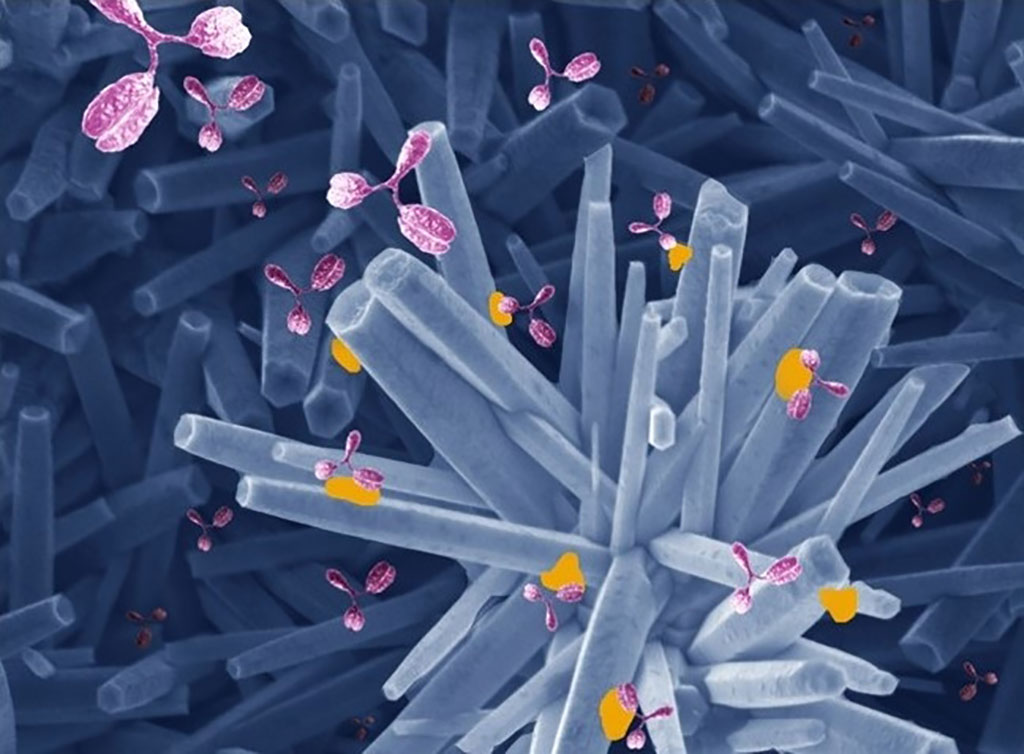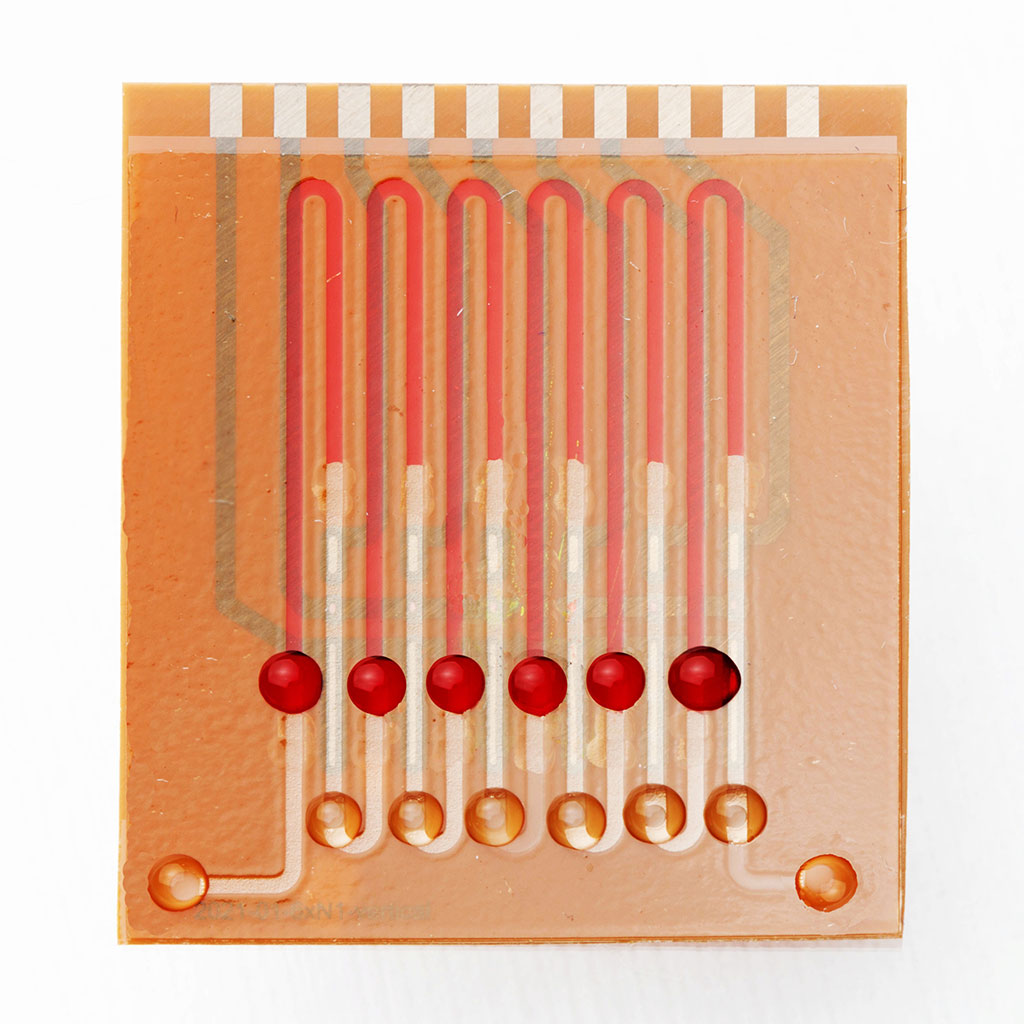Long COVID Etiologies Found in Acute Infection Blood Samples
Posted on 12 Dec 2022
Long COVID or long-haul COVID (also known as post-acute sequelae of COVID-19 [PASC], or chronic COVID syndrome [CCS]) is a condition characterized by long-term health problems persisting or appearing after the typical recovery period of COVID-19.
The most commonly reported symptoms of long COVID are fatigue and memory problems. Many other symptoms have also been reported, including malaise, headaches, shortness of breath, anosmia (loss of smell), parosmia (distorted smell), muscle weakness, low-grade fever, and cognitive dysfunction.

A large team of Medical Scientists led by those at the Icahn School of Medicine at Mount Sinai (New York, NY, USA) enrolled in a study 567 individuals (495 hospitalized with COVID-19 and 72 healthy and hospitalized controls) between April and June 2020. Blood was collected from hospitalized individuals serially throughout their stay and from healthy controls at a single timepoint in the outpatient setting, and RNA-sequencing (RNA-seq) was generated from these (n = 1,392). Six months or more after discharge from COVID-19 hospitalization (median = 363 days), 232 individuals (165 with RNA-seq) completed a self-reported checklist assessing for the emergence of PASC.
Sera were evaluated by ELISA for IgG, IgA or IgM antibody to the full-length spike protein (original variant). Serum samples were analyzed for a panel of 92 circulating proteins associated with human inflammatory conditions using the Olink multiplex assay (Olink Target 96 Inflammation, Olink Bioscience, Uppsala, Sweden). Real-time microfluidic quantitative PCR was performed in Biomark (Fluidigm, South San Francisco, CA, USA) for target protein quantification. Total RNA was extracted using a modification of the MagMax protocol for Stabilized Blood Tubes RNA Isolation Kit (Thermo Fisher Scientific, Waltham, MA, USA). Libraries were amplified with 15 cycles of PCR, pooled and sequenced on a NovaSeq 6000 (Illumina, San Diego, CA, USA).
The investigators observed that distinct gene expression signatures of post-acute sequelae were already present in whole blood during acute infection, with innate and adaptive immune cells implicated in different symptoms. Two clusters of sequelae exhibited divergent plasma-cell-associated gene expression patterns. In one cluster, sequelae associated with higher expression of immunoglobulin-related genes in an anti-spike antibody titer-dependent manner. In the other, sequelae associated independently of these titers with lower expression of immunoglobulin-related genes, indicating lower non-specific antibody production in individuals with these sequelae. This relationship between lower total immunoglobulins and sequelae was validated in an external cohort. Altogether, multiple etiologies of post-acute sequelae were already detectable during SARS-CoV-2 infection, directly linking these sequelae with the acute host response to the virus and providing early insights into their development.
The authors concluded that at least two divergent etiologies were identified for different sets of PASC symptoms, one dependent and one independent from the antibody response to the SARS-CoV-2 spike protein. The discovery of the association of gene expression during acute COVID-19 with PASC symptoms one year after discharge establishes the existence of direct connections between the acute and post-acute phases. The study was published on December 8, 2022 in the journal Nature Medicine.
Related Links:
Icahn School of Medicine at Mount Sinai
Olink Bioscience
Fluidigm
Thermo Fisher Scientific
Illumina









 assay.jpg)




